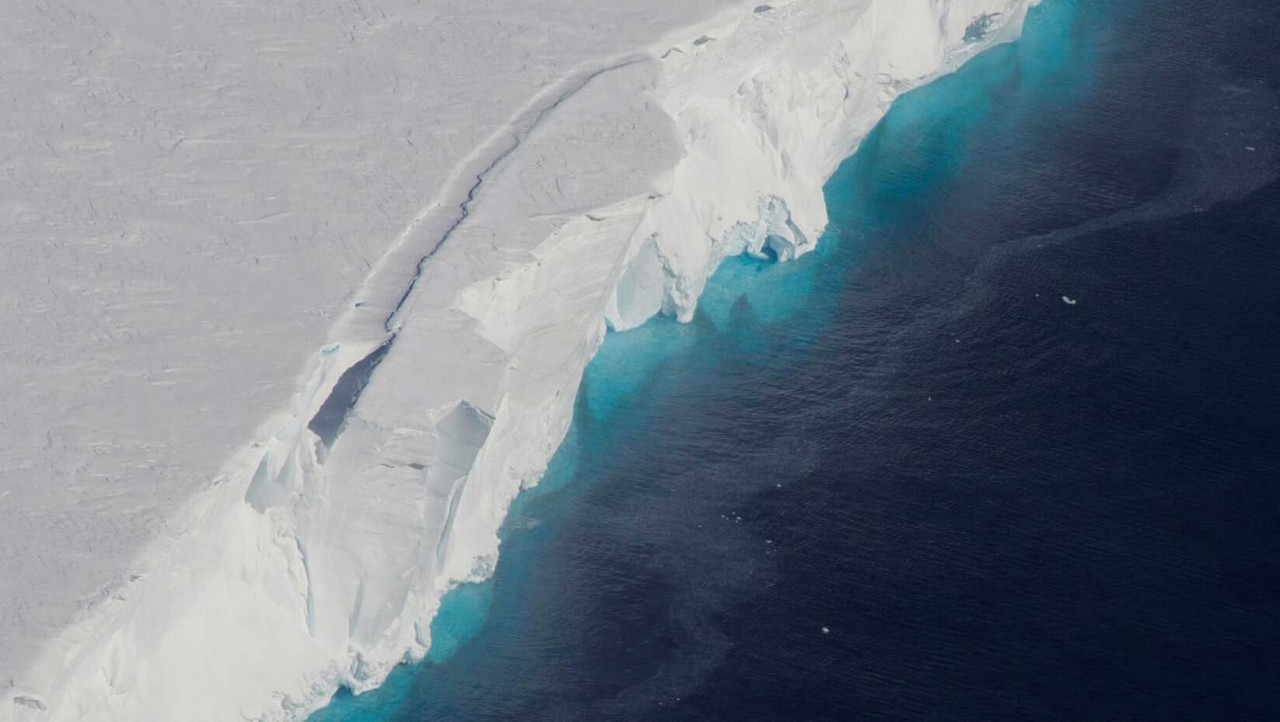
WASHINGTON: The scientists from the National Aeronautics and Space Administration (NASA) have discovered a humungous cavity growing at the bottom of the Thwaites Glacier in West Antarctica which is almost 300 meters tall. The increasing size of the cavity indicates a rapid decay of the ice sheet and acceleration in global sea levels as a result of climate change.
Science Advances, the journal that published the findings, highlight the need for detailed observations of Antarctic glaciers’ undersides. This is essential to calculate how fast sea levels will rise in response to global warming.
In a statement NASA said that researchers expected to find some gaps between ice and bedrock at the bottom of Thwaites from where ocean water could flow in and melt the glacier.
Researchers were surprised to see the size and explosive growth rate of the newfound hole. It is big enough to have contained 14 billion tonnes of ice, and most of it melted over the last three years.
Eric Rignot of the University of California, said, “We have suspected for years that Thwaites was not tightly attached to the bedrock beneath it.” “Thanks to new-gen satellites, we can finally see the detail,” Rignot added.
Ice-penetrating radars used in NASA’s Operation Icebridge revealed the cavity. Icebridge is an airborne campaign initiated in 2010 that studies connections between the polar regions and the global climate.
Some of the essential data was also collected from a constellation of Italian and German space-borne synthetic aperture radars. The data collected was of very high-resolution and was processed by a technique called radar interferometry to see how the ground surface below has moved between images.
“Cavity’s size under a glacier plays an important role in melting. As more heat and water get under the glacier, it melts faster,” said Pietro Milillo of Jet Propulsion Laboratory (JPL).
Researchers said that about four per cent rise in the current global sea level is due to melting of Thwaites Glacier. It holds enough ice to raise the global sea level a little over 65 centimeters and backstops neighbouring glaciers that would moreover raise sea levels for about 2.4 meters if all the ice were lost, they added.
NASA said that the different processes at various parts of the 160-kilometer-long front of the glacier are putting the rates of grounding line retreat and of ice loss out of sync.
The cavity is under the main trunk of the glacier. In this region, the grounding line retreats and advances across a zone of about three to five kilometers with the rise and fall of tides.

